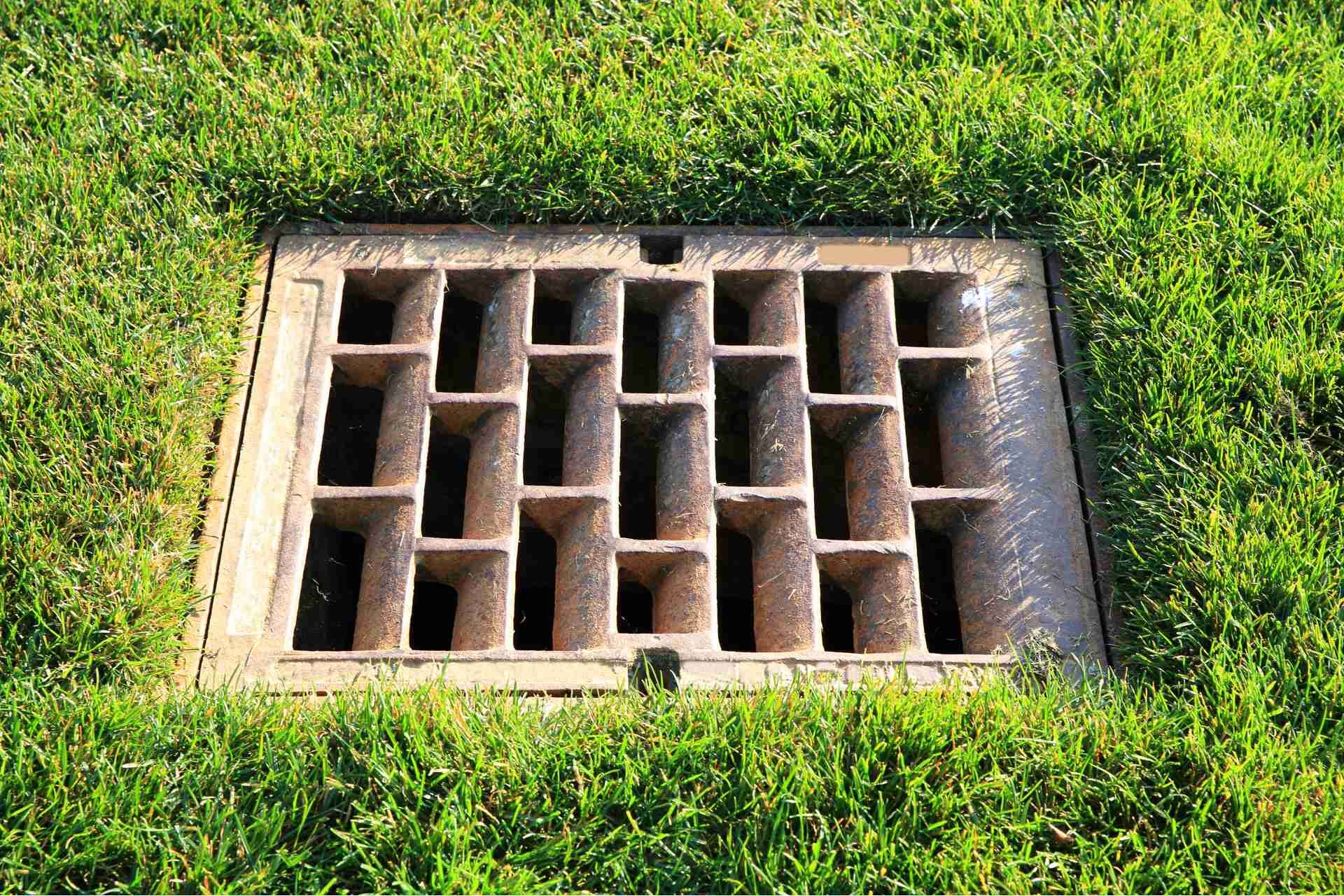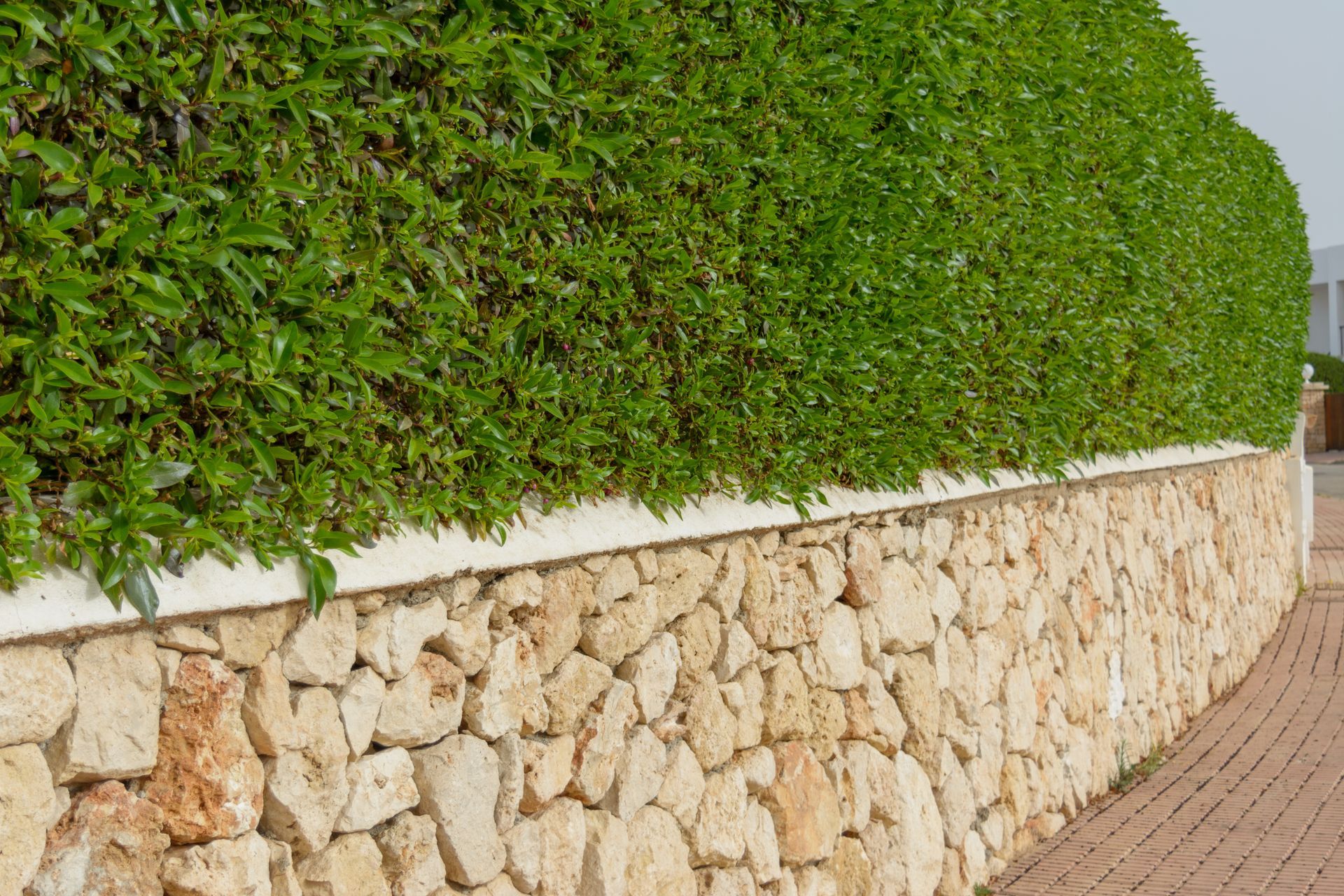What is the Purpose of a Retaining Wall?
Retaining walls are a common and essential feature in many landscapes and construction projects. They serve a specific purpose that goes beyond just being a decorative element.
Retaining walls not only serve as a practical solution for uneven sloping landscapes but also add an aesthetic appeal to your property. Whether you have a small backyard or a sprawling garden, retaining walls can be the perfect addition to enhance and transform your outdoor space.
Keep reading as we discover what is the purpose of a retaining wall.
Manage Soil Erosion
One of the primary purposes of a retaining wall is to control and manage soil erosion. On sloped areas, gravity acts upon the soil, causing it to gradually slide or erode downhill. This can be problematic in landscapes where erosion may lead to loss of valuable soil, uneven ground surfaces, or even damage to nearby structures or properties. A retaining wall acts as a barrier, holding the soil in place and preventing erosion from occurring.
Creates Level Areas
In hilly or mountainous terrains, retaining walls are essential for creating level surfaces and maximizing usable space. By constructing a series of walls at different levels, steep slopes can be transformed into terraced areas, providing flat platforms to build structures, cultivate gardens, or simply create more functional and visually appealing spaces.
Supports Soil and Prevents Slope Failure
Furthermore, retaining walls also play a crucial role in stabilizing the soil. As they hold back the earth, these structures create pressure on the retained soil, increasing the internal friction and providing stability to the wall and surrounding area. This is particularly important in areas with loose or sandy soil, where without a retaining wall, the soil would be prone to sliding or collapsing.
Water Management
Another purpose of retaining walls is to manage water drainage. By incorporating drainage pipes or weep holes into the wall design, excess water can be redirected away from the retained area. This helps to prevent water build-up, which could cause hydrostatic pressure and compromise the integrity of the wall.
Aesthetic Enhancement
Retaining walls can also have aesthetic benefits. They can enhance the overall look of a landscape, adding visual interest, and providing a backdrop for gardens or other decorative elements. Different materials, such as stone, brick, or concrete, can be used to create retaining walls that blend harmoniously with the surroundings and complement the architectural style of the property.
Beyond adding beauty to a landscape, these structures provide invaluable functional support. They help prevent
soil erosion, stabilize the ground, create usable spaces, and manage water drainage. Whether it's a small garden wall or a large-scale construction project, retaining walls serve an essential purpose in ensuring the stability and functionality of the land on which they are built.
Looking to Add Retaining Walls in your Outdoor Space?
With a wide range of materials and design possibilities, retaining walls can transform your outdoor space into a stunning oasis that you can enjoy for years to come.
Are you looking to add some definition and functionality to your outdoor space? Look no further than retaining walls!
Lone Oak Lawns LLC's retaining walls are designed to last. Call now to request an appointment.









